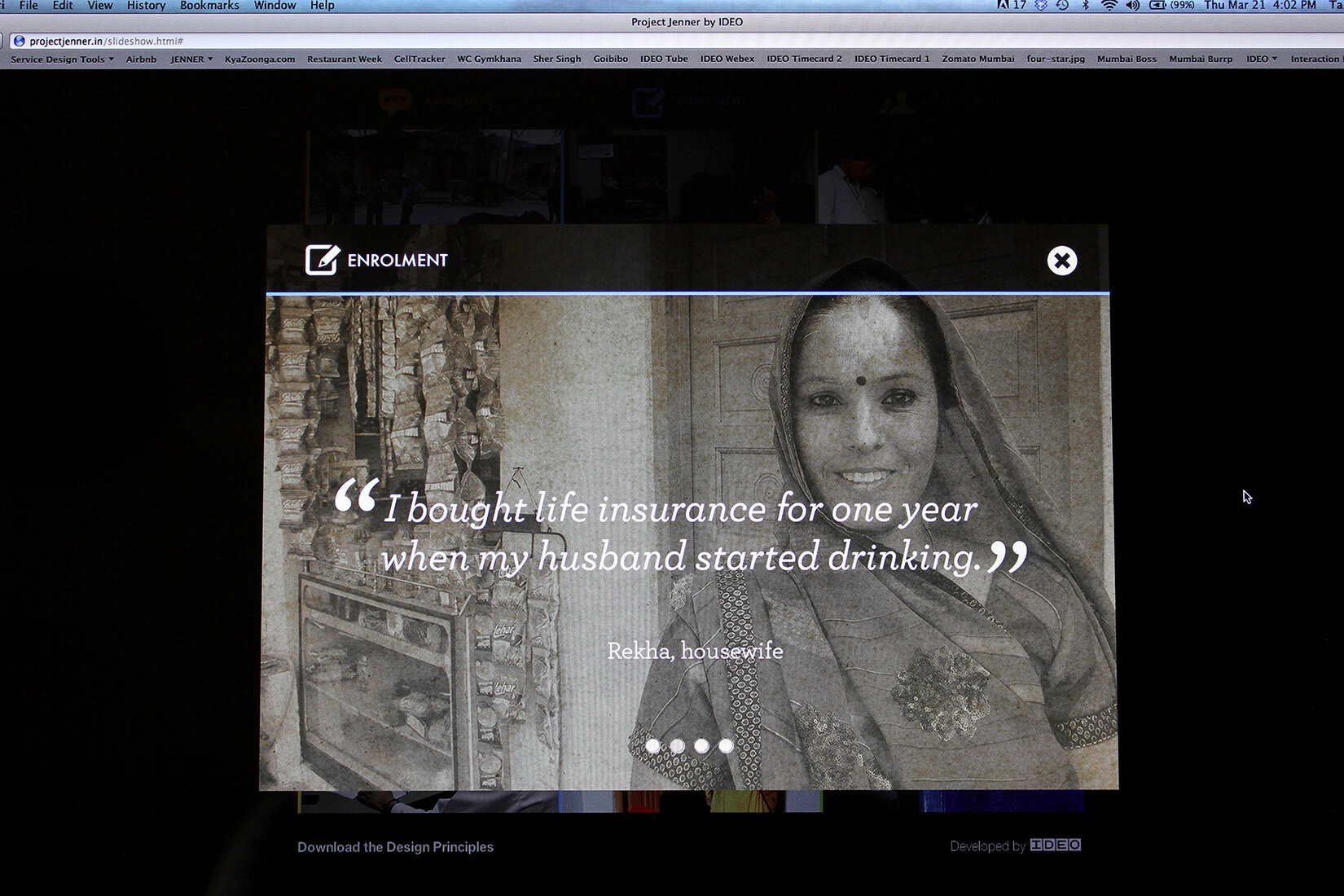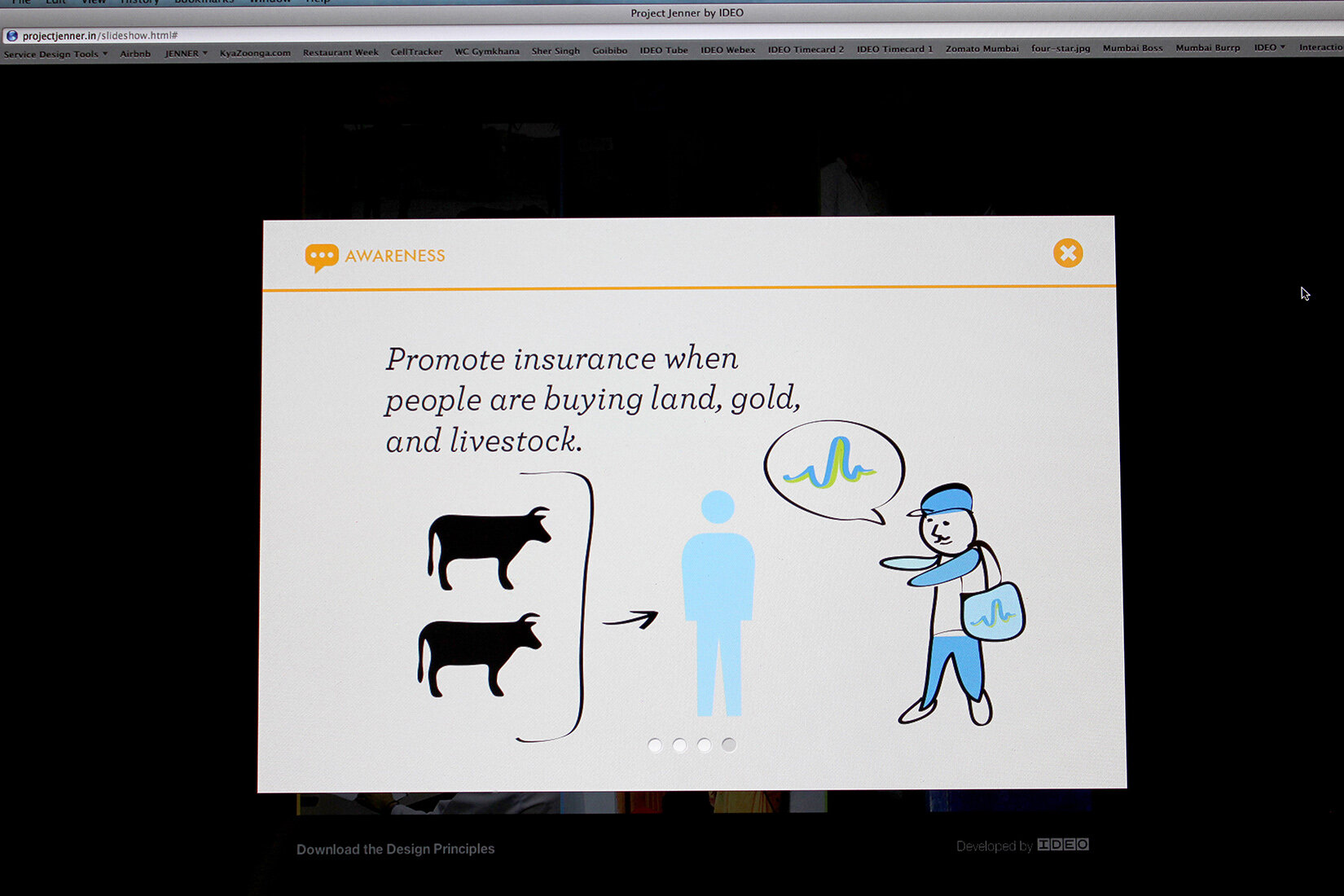Humane Oriented Design
Human-centred design is a creative approach to problem solving. I learnt the great value of this during my education at the Interaction Design Institute at Ivrea and more deeply while at IDEO, and have practised it through my career ever since. Human centeredness, as the term implies, puts the human at the centre of solution design thinking. This approach is led by empathy i.e. seeing the world through the eyes of the audience one is designing for, and it is the heart and soul of the design thinking process.
Below:
Images from design projects undertaken while at IDEO and Dr Reddy’s Labs that illustrate select aspects of the human-centred design process.

However, I do believe, now more than ever before, that thinking about humans only, while designing product and service solutions, is not enough. We need to think beyond human consumption and think about design in a more circular, sustainable and environmentally conscious manner. Expanding from a human-centred design rootedness, to a more humane oriented design. An approach to solution thinking that takes into account the environmental impact of the desirable, feasible and viable solutions we, as designers, play a key role in bringing to the world. This manner of thinking, also core to the tenets of Circular Design are best captured in Victor Papanek’s seminal book from 1995 – The Green Imperative.
Leading with Empathy.
The design journey begins with and is deeply anchored by the voice and needs of the customer. The human-centred design process empowers us to uncover these unique needs and wants through a distinct process of Research, Synthesis, Opportunity Identification and Rapid Ideation.
The illustrations below present select moments from such a project journey. The focus here was on uncovering unique insights for a Health Insurance product that would appeal to an audience sitting at the bottom of India’s wealth pyramid, one that suffers from a significant lack of financial security. Presented below are select artefacts and tools that were employed as a part of the Qualitative Research, Idea Prototyping and Concept Testing activities for this project.





Human-centred design empowers us to deliver design that is simple, intuitive, easy to use, easy to manufacture and easy to deploy – a solution that is good for the customer and good for business as well. This, when combined with Humane Oriented Design thinking, helps us view these solutions from the perspectives of their impact on our environment and the well being of our planet as well. A humane oriented design approach leverages the power of design to propagate a more responsible approach to production and consumption.













